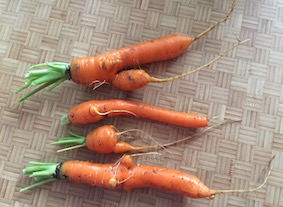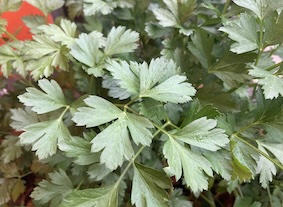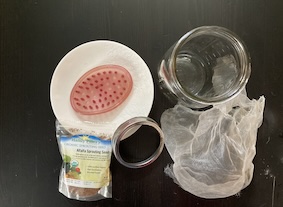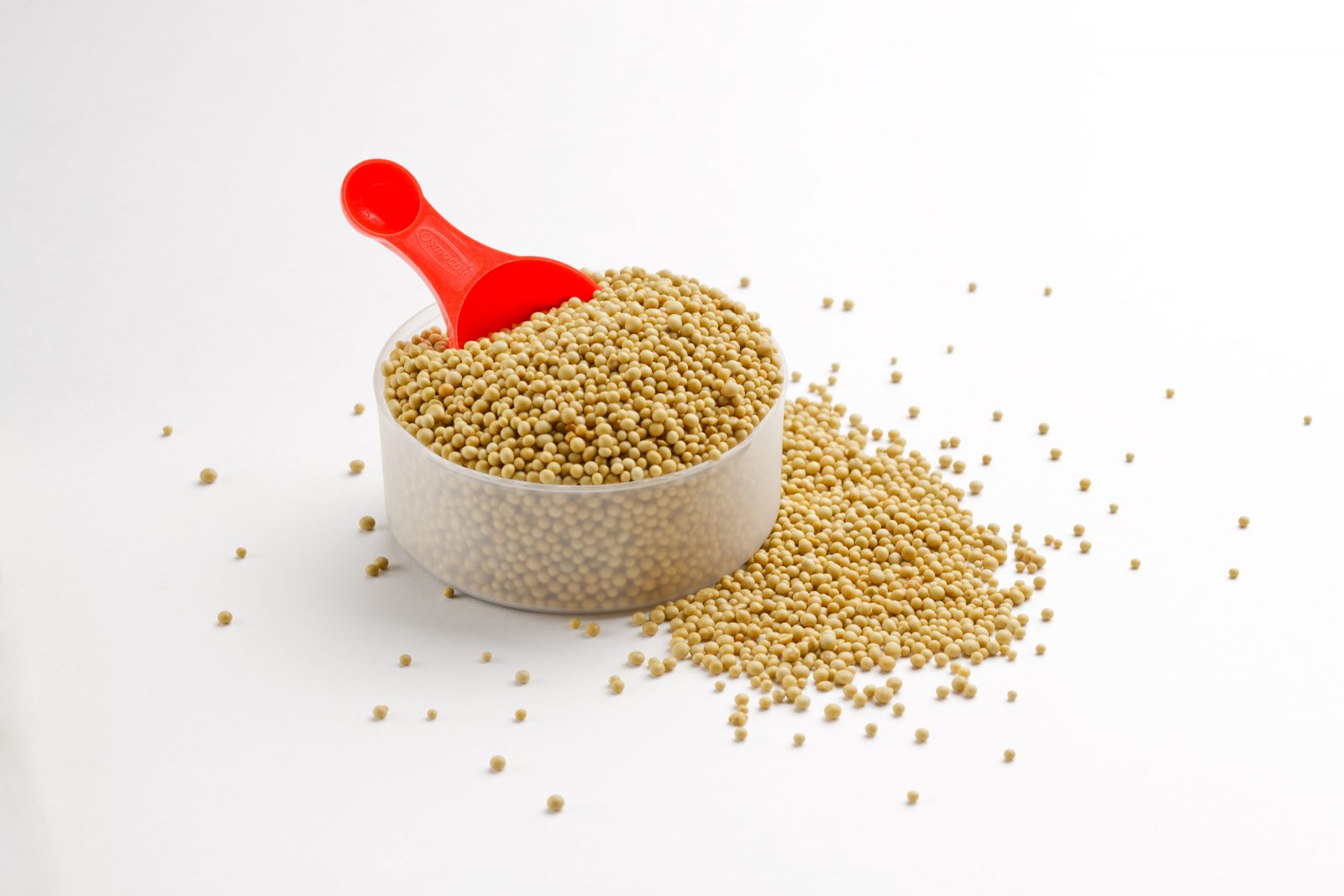Carrot Root Diseases
Views: 1732

Carrot root diseases? Me? Except for a bout of grubs that went to town in my carrot box a few years ago, carrots may be the easiest thing to grow in my garden. I sow a few rows in spring, thin the quickly growing carrots to a suitable distance (saving the tops for pesto) a month later, and then wait a few months for harvest. Sure, I harvest a few that have funny, Insta-worthy shapes, but diseases? Not that I know of …
That is, until I ready up on carrot root diseases in a University of Massachusetts Extension publication. After reading it, I now suspect I have encountered some root diseases without even knowing. Specifically I believe I’ve experienced Root Knot Nematode caused by an organism called Meloidagyne hapla. This nematode causes knots or galls and excessive hairiness. The carrot roots can also be stubby and forked. In the photo above I believe I do see several galls, with one carrot fitting the “stubby and forked” description. Hairy? It wasn’t excessive here but I have seen excessive hairiness in the past. I just ate the stubby and forked carrot and if it does have Root Knot Nematode, it didn’t affect the flavor.
Other carrot root diseases I believe I’ve encountered—in my carrot crop as well as in carrots purchased from a supermarket!—include:
Cavity Spot and Root Dieback
Both are caused by species of Pythium. This happens early during the development of the roots and when those roots experience moist soils. Cavity Spots are horizontal, sunken lesions on the root surface. These allow other fungal or bacterial infections to gain a foothold. Root dieback symptoms are rusty brown lateral root formations along with forking and stunting.
Black Root Rot
Caused by Thielaviopsis basicola, this occurs mostly in storage conditions when the humidity and temperature are too high. It’s a fungus that causes irregular black lesions on the skin. I believe I’ve seen this on store-bought carrots kept in the refrigerator storage drawer. Since it’s just on the skin, the spots can be peeled off for eating. The organism readily enters the carrot root through cuts or damage to the skin, so be careful when harvesting.
Meet Ellen Wells
When you’re raised on a farm, you can’t help but know a thing or two about gardening. Ellen Wells is our expert on edible gardening.…







